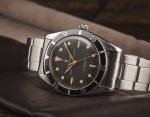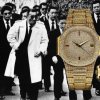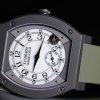I think everyone has dreamed of going into space – at least during his/her childhood. Although, today, some people who had nothing to do with space apart from watching the sky at nights would become a space tourist by sacrificing several hundred thousand dollars, Steven Hawking, who devoted his life to space, passed away without being able to realize his dream.
Nowadays, while the investments in space tourism have been growing day by day, the interest in this field is also gradually increasing. Thanks to the investments made and the new technologies discovered, it seems that, in the near future, going out into space will become much possible and easier than ever before. Nevertheless, in the first half of 1900s, going out into space was just a utopia. Yet this very utopia created, probably, the biggest competition of the 44 years long cold war era. The dominant countries in the world of that time, which was comprised of Eastern and Western Blocs, after having spent all that material sources and human power, had begun to obtain some positive results when the date reached 1960s.
The first tangible outcome of the spaces races, which were fuelled in 1950s, was the Sputnik-1 satellite launched by the Soviet Union on October 4, 1957. Successfully entering Earth’s orbit, the satellite took the space race to a new level. This event, which took the Soviet Union a step further in this race, caused astonishment among the US public and a deep shock among the US administration. An urgent response to Sputnik-1 was needed and this response was The Explorer-1 satellite launched on January 31, 1958. The launch was successful and the satellite entered orbit. Now the race evolved into a new phase and changed entirely its dimension with a new step taken by the Soviet Union. When the calendar showed April 12, 1961, the spacecraft Vostok-1, commanded the cosmonaut Yuri Gagarin, took a man to space for the first time in the history of the world.

And that man, that is Yuri Gagarin, wore, on his wrist, the watch “storied” to be the first timepiece that went out into space: this wristwatch, bearing a cal.2634 movement with 17 jewels inside, was the legendary Sturmanskie! Thanks to its movement based on the Lip R26 background but upgraded with a stoppable central seconds insertion, the Sturmanskie was able to synchronize with the watches worn by other personnel during the space mission.

This model, which earned a just place in the history of horology, is recognized as the first watch that went out into space. Alright, but how true is this story?
I think it is not quite so…
Approximately one month prior to Vostok-1 flight at command of Yuri Gagarin, when the calendar showed March 9, 1961, one of the experimental flights with animals by the Soviet Union was held. When a dog named Chernushka was sent into space on the flight Korabl-Sputnik-4 – though her recovery deemed almost unlikely – she wore, on one of her front legs, a Pobeda belonging to Dr. Abraham Genin.

Although it is not exactly known why the Pobeda was fastened to Chernushka’s leg, Dr Genin, upon the questions asked, told that the watch was given to himself as a gift during the years he served in the army and he has got tired of it since it had been with him for a long time and he wanted to get rid of it; and that, when getting rid of it, the idea of sending this memory to space, which had the initial letters of his name and surname on its caseback, extremely appealed to him. Even though Chernushka’s recovery spoiled Dr. Genin’s plans, the fact that the watch kept good time after a mission of about one and a half hour proved that a mechanical watch could work well in zero gravity.

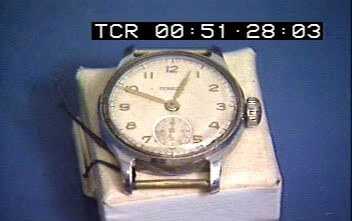
Dr. Abraham Genin, who told this story in a documentary filmed by the Smithsonian Institution in 1989 about the Soviet Aerospace Medical Researchers, is seen with a 34-K model Pobeda in his hand. Thanks to the model clearly seen in the documentary, it is obviously understood why Dr. Genin wasn’t able to break the watch. Contrary to the Pobeda watches of the same era, this model has a dust-proof case design due to its screw-in crown and caseback. Thus, of course, its waterproofness is also scaled up considerably. This Pobeda, bearing a cal.2602 with 15 jewels, was the very first watch that went into space, though on the leg of a dog.
The response, by the USA, to the success shown on April 12, 1961, by the Soviet Union with Yuri Gagarin, was to be given on February 20, 1962. With that response, John Glenn became the first American to go into space with Frendship-7 Mission.

During his mission that lasted 5 hours, Glenn had a Heuer 2915A Chronograph on his wrist. Heuer 2915A had an iconic view with two subdials at 12-hour and 60-minute, a single leaf-style hand and a large, easy to wind, onion crown at the top end. Made holdable on the wrist with a special canvas cover, this Chronograph is recognized as the first Swiss watch that went into space.

When the calendars showed March 18, 1965, another cosmonaut was putting his stamp on the history of space missions. Aleksey Leonov who got the title of first man into open space with his spacewalk lasting approximately 12 minutes, had reinforced the Soviet Union’s leading position in the space race.

During his spacewalk, Aleksey Leonov wore a watch as special, at least, as the mission he undertook: Strela! Specially produced, first in 1959, only for the Soviet Air Forces and not being available to public, Strela incorporated a column wheel chronograph movement, which was redesigned based on the Venus cal.150, inside a chrome-plated case and a stainless steel snap caseback.

Strela, which became very famous after the spacewalk of Aleksey Leonov, enjoyed its justified fame, being the favourite of the Soviet Space Researches during nearly 20 years took its place in the history of horology as the Soviet counterpart of the Speedmaster model of Omega.
Speaking of Omega Speedmaster, I think it is time to go further in space!
Once man’s stimulation to discover combined with a competition in a bipolar world, the desire to go further in space had been increased as it had never been throughout history. As a consequence, the US realized Apollo-8 program and for the first time, a manned space craft was put into orbit of the moon. The real target of this mission was to determine the fields convenient for landing. And thus, no later than approximately 7 months, Neil Armstrong and Buzz Aldrin became the first men to step onto the moon on Apollo-11 mission.
These astronauts were wearing an Omega Speedmaster on their wrists during the Apollo-11 mission. In fact, the Speedmaster has previously been on the wrists of Wally Schirra on his Sigma-7 mission in1962 and of Ed White on his Gemini-4 mission in 1965. Yet, it would be more appropriate to speak of the Speedmaster under the title of Apollo-11 mission that is more associated with the watch and the most important one among the above-mentioned missions.
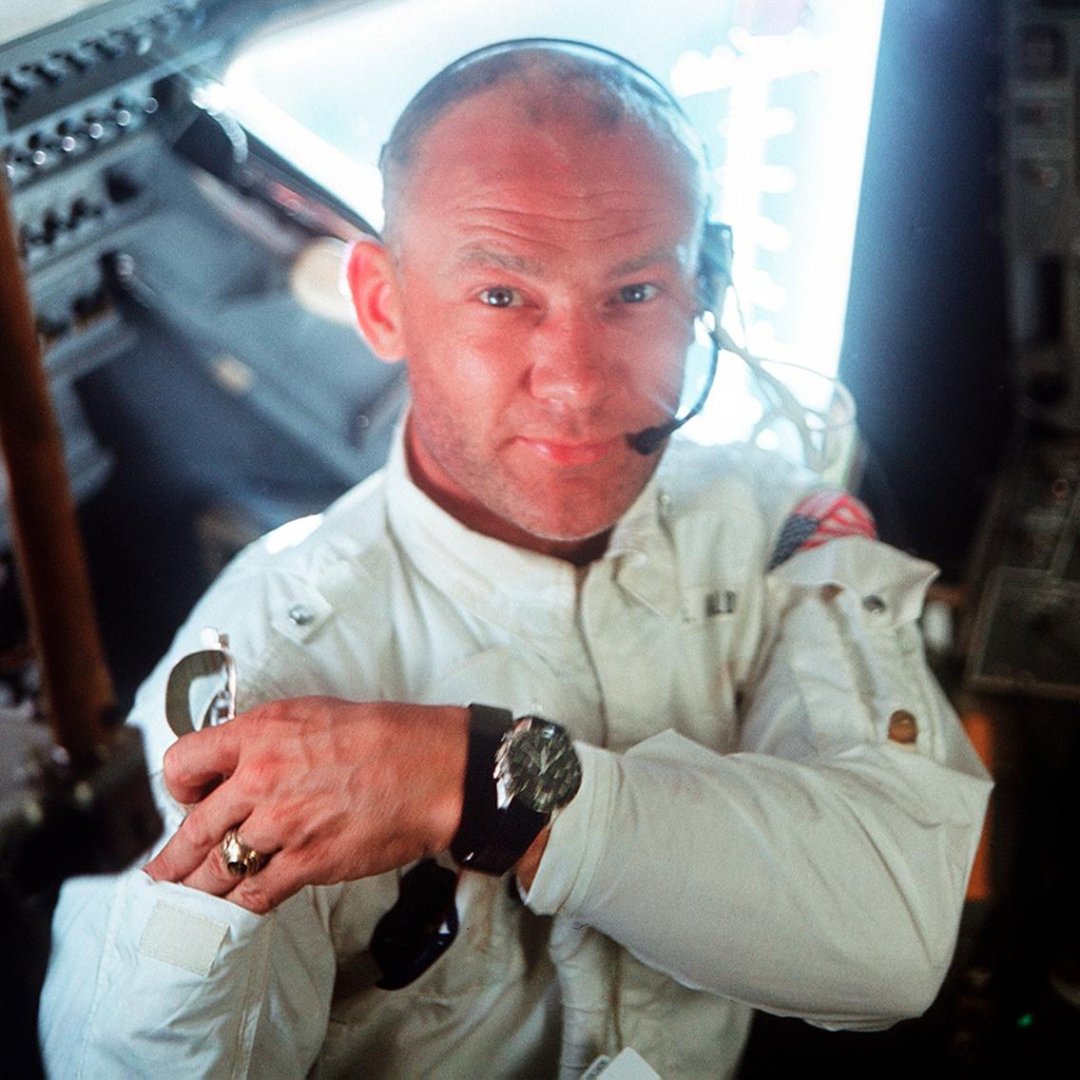

Both of them wore ref.ST105.012 model watches. Although Armstrong left his watch on the craft during the monwalk, it would not be wrong to label them as the first watches to set “foot” on the moon. Among the most important features of this Speedmaster reference is the use, for the first time, of the now iconic twisted lug design and of the case structure protecting both the crown and the chronograph pushers. The cal.321 movement based on Lemania 2310, at the heart of it, is another detail that makes the watch special for you.
Following the incident that happened to David Scott on July 26, 1971, during his Apollo-15 mission, a second watch had the honour of stepping onto the moon.

The acrylic crystal of the Speedmaster Scott was wearing during the mission fell off due to pressure difference, as it happened to other Speedmasters previously. Then, starting to use his private watch, Scott thus achieved to make his personal Bulova chronograph the second watch that went to the moon.

The Skylab-4 mission, initiated on November 16, 1973, with a rocket launched from the Kennedy Space Base in Florida, is important also in the sense that it carried a watch with an automatic movement to space for the first time, besides the fact that Commander Gerald Carr and pilot William Pogue and scientist Edward Gibson broke a record by spending 84 days on orbit.
Sinn brand has used the title of the first automatic watch in space for many years. The German astronaut Reinhard Furrer, who took part in the Spacelab-D1 mission held in 1985, took a PVD-coated Sinn 140 chronograph as a personal watch along with his flight equipment.


Until it was discovered in 2007 that the watch, seen on the wrist of William Pogue in one of his photos taken during the space mission in 1973, was a Seiko 6139, the first automatic watch in space had been Furrer’s Sinn chronograph.


When the calendars showed 2012, TAG Heuer Carrera Calibre 1887 SpaceX Chronograph, which, as part of an agreement between Tag Heuer and Elon Musk, was produced in memory of the Heuer 2915A that went into space on John Glenn’s wrist previously, was sent to the International Space Station by the Dragon spacecraft of the SpaceX mission.

Though all the watches reviewed in this article have been into space, these are not the whole of the watches in space. We could not address some models, since these brands and models were deemed appropriate to be treated considering their popularity and their importance in terms of horology, and of course since we had to circumscribe the article. Besides the brands and models mentioned here, there are many different mechanical and digital watches worn by the astronauts and cosmonauts who went into space. I hope we have been able to make you have a cheerful time with this much of it.



